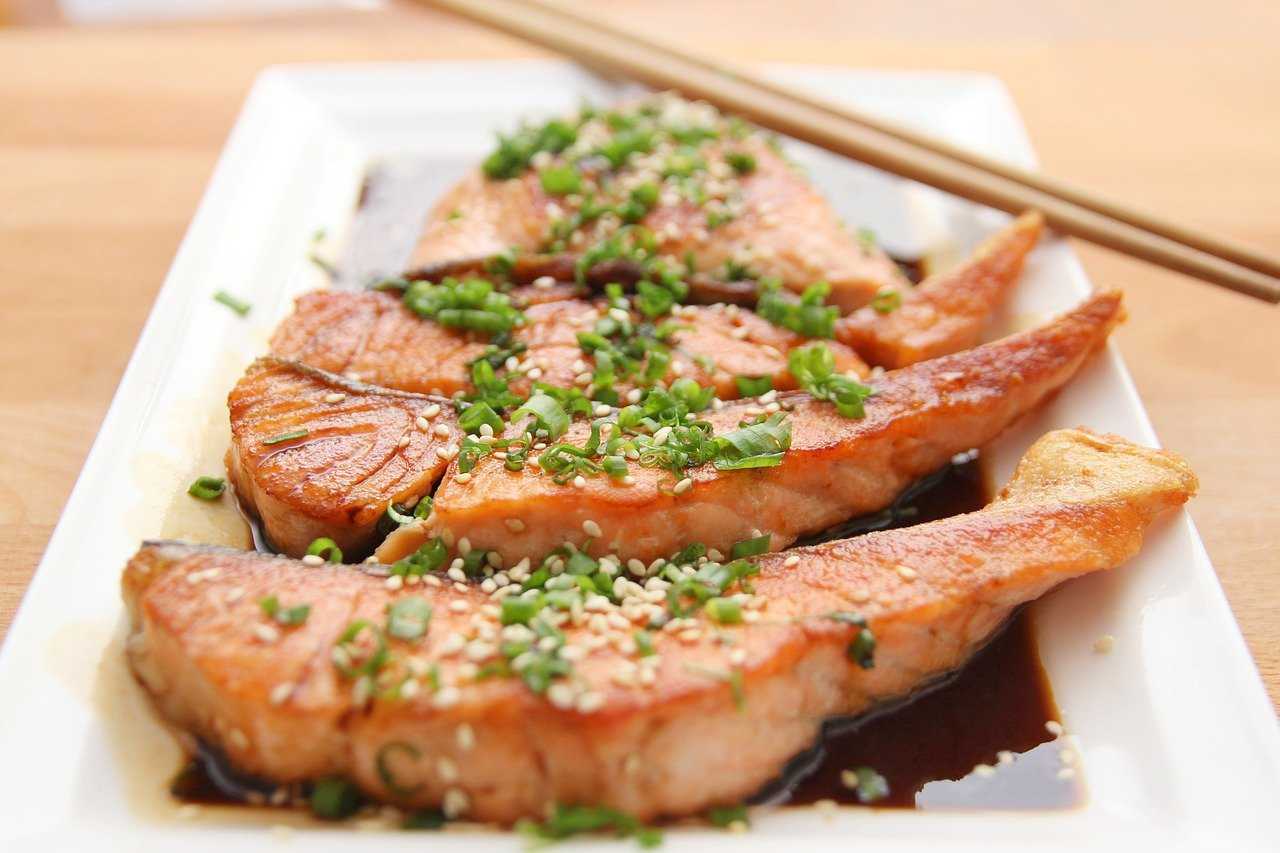Food
Why food is essential for us? short answer
Published
3 years agoon
By
admin
Food
“You should eat healthily”, we have all heard this sentence before. But what is actually behind it? What influences the food in the body that we eat? Or have you ever wondered why we have to eat at all – and by that, we don’t mean the desire for a piece of chocolate that you eat as a snack in the afternoon? In this post, you will find out everything you need to know about your body, the utilization of nutrients and the relevance of food.
WHY DO WE EAT
We eat because we have to eat. That doesn’t sound like a credible explanation at first – just wait and see.
Our body consists of a wide variety of structures, such as muscles, organs and tissues. All of these must be supplied with nutritional ingredients so that they can function and a wide variety of processes can take place. Some of these ingredients cannot be produced by the body, which is why they have to be taken in through food. These so-called essential nutrients are, for example, certain vitamins or amino acids. Another reason we need to eat is the ability to get energy from food. By generating energy, important restructuring, building up and degradation processes that constantly take place in the body can take place.
WHAT DOES THE BODY USE FROM FOOD?
Your body cannot process a serving of pumpkin soup or a salmon wrap right away. To do this, the body breaks down food into individual components (molecules) – digestion begins.
The nutrients can be divided into 2 main groups. The macronutrients (large molecules) and micronutrients (small molecules).
Macronutrients:
- carbohydrates
- Fats
- protein
Micronutrients:
- Vitamins
- Minerals
DIGESTION OF THE INDIVIDUAL MACRONUTRIENTS
CARBOHYDRATES
Carbohydrates – some prefer to avoid them in a low-carb diet – others cannot get enough of pasta and bread. But carbohydrates are very important for the functioning of your body. The body gains energy from these for other processes. All of the carbohydrates you eat are broken down into the smallest carbohydrate unit: the sugar molecule glucose. The more “work” your body has to break down a complex molecule, the longer you are full and your blood sugar level only slowly rises and falls again (complex carbohydrates). In comparison, the simple sugar from white bread, for example, is absorbed directly into the blood and causes the blood sugar level to rise quickly. After the increase, your blood sugar level falls back into “a hole”. This can lead to food cravings and an unsatisfactory feeling of satiety.
PROTEIN
Proteins are made up of various individual amino acids. During digestion, the long amino acid chains are broken down into their individual building blocks so that the body can reuse the individual essential amino acids. This allows the body to create new chains with a different amino acid combination. These new amino acid chains are used on the one hand for the formation of body structures (example: muscles) and on the other hand for the control and regulation of cell activities.
FATS
Fats must also first be broken down into their basic components with the help of enzymes: glycerine and fatty acids. Depending on the length of the chain, digestion is faster or shorter. The individual fatty acids can then be distributed to the necessary places in the body. For example, the brain needs a large number of fatty acids. In general, however, the body can synthesize the necessary fatty acids relatively well itself. For this reason, fat should make up the least part of your diet (about 15% of the calories consumed per day).
For these reasons, it is important to eat daily. How much food you should eat depends on your gender, age, size, activity level, etc. We have instructions on how to calculate your daily calorie requirement.
The nutrients carbohydrates, proteins and fats as well as vitamins, minerals and water have many different functions in the body. They supply the body with essential substances every day, provide energy and ideally keep you healthy and fit.
If the food is “optimal”, it supplies the body with all the nutrients it needs in the amount it needs to balance the substances that are broken down and excreted. It also supplies the energy required for this.
- Continue reading
- more on the subject
- Advice, downloads & tools
- Nutrients and energy for the body
- Perception, taste, and emotions
- What shapes our eating habits
You may like
Food
Characteristics of a High-Quality Sushi or Sashimi Counter or Restaurant
Published
2 years agoon
May 15, 2022By
admin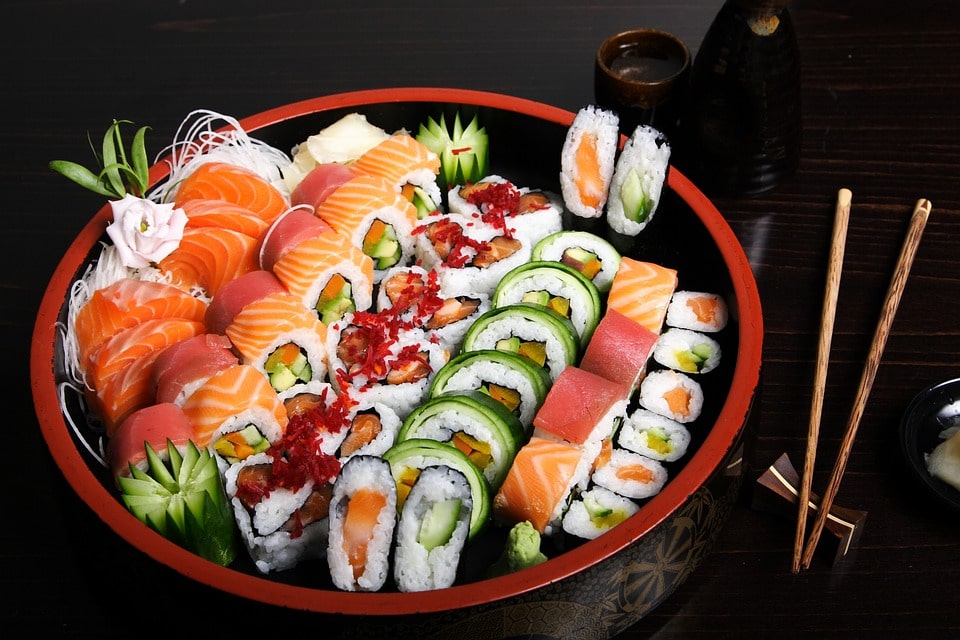
Sushi
Thinking of having sushi or sashimi for dinner or lunch? What a great idea! But when you start searching up sushi places near you, how do you know if a restaurant or sushi counter is high quality or if it’s somewhere you should avoid? Of course, you should always take a gander at the reviews of any restaurant or sushi counter you’re going to try for the first time, but there are some other ways to tell if the sushi or sashimi counter you’re visiting is authentic and therefore a “good” place for sushi.
Fish Cut to Order
An important characteristic of a high-quality sushi and sashimi restaurant or counter is that the fish is sliced to order. In other words, it isn’t sitting around in a display case all day waiting for someone to order it. The reason for waiting to cut the fish until it’s ordered is that the skin protects the flesh and helps it retain its flavor. As soon as the flesh is exposed to the air, it begins the process of oxidation and when the fat layer that sits right below the skin is oxidized, even the most flavorful of fish will begin to lose its flavor.
On large fish, the skin should be kept on while the fish is being sliced so that it continues to protect the flesh until the very last moment before it is served. This ensures that the customer gets the freshest, most flavorful sushi possible. This doesn’t mean that a place that has sushi or sashimi in a display case isn’t selling fresh sushi. It’s likely that those are there to show customers what they can get and they actually cut the sushi fresh before it’s served. You can always ask your server to find out for sure.
Sliced Properly
Sushi and sashimi should also be sliced properly according to the type of fish being served. For white fish with firm flesh, servers should use the sogigiri technique. This cutting style keeps the fish as thin as possible and is achieved by holding the knife at an angle and cutting a thin slice of fish off the end of a cutting board. A chef will use a thin, sharp knife to make sure they can cut the fish as thin as possible without it falling apart.
Fish that are more delicate in nature, including tuna, the hirazukuri cutting method should be used. This method cuts the fish in thicker segments so that the flesh stays together after it has been sliced. It also allows the full flavor and texture of sashimi to be enjoyed in a single bite.
Rice is Proportional
Even though the amount of fish in a single piece of sushi is fairly small, you don’t want to have a disproportionate amount of rice hiding the fish’s flavor. Since the fish is the expensive part of the dish, some sushi places try to save money by giving you a very small piece of fish and a lot of rice. Professional chefs typically recommend approximately 80 or 90 grams of rice per sushi roll, but this can vary based on the type of fish used. This recommendation makes it difficult to determine by a piece of sushi if the proportion is correct, so you might have to taste the sushi before determining if the restaurant or sushi counter is using a proper balance of rice and fish.
Conclusion
Certainly, the best way to tell if a sushi or sashimi restaurant or counter is of high quality is to try it yourself. You may discover that a restaurant that isn’t very popular among the majority of diners is just what you’ve been looking for. Be adventurous and visit several sushi and sashimi places to determine which one is your favorite.
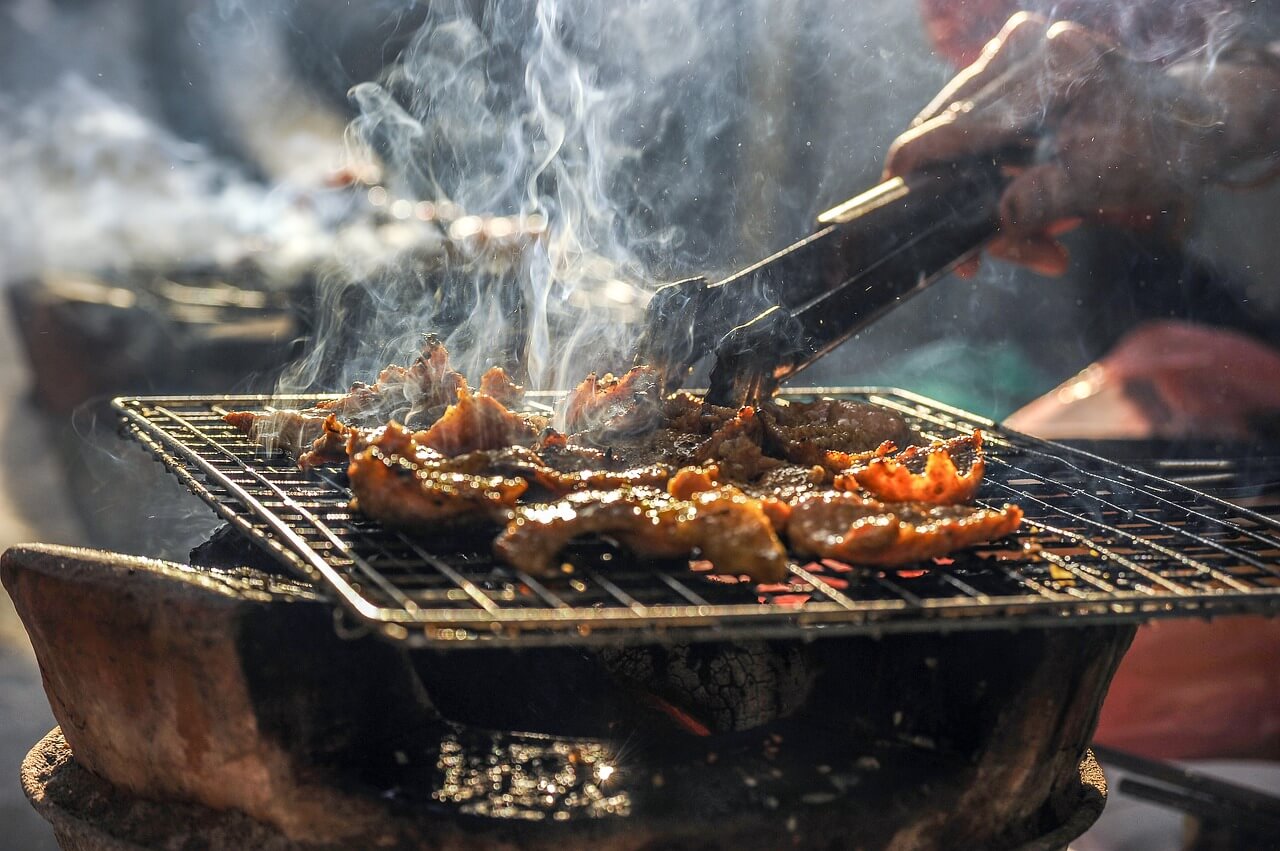
BBQ
Summertime is all about relaxing, friends and family, and sharing good food and good times. One of the best things about summer is the grilling. There is nothing better than the smell of barbeque meat in the air. However, summer is also a time for sun exposure, which can lead to sunburned skin.
If you want to enjoy barbeque season without the hassle of sunburn and without spending too much time in the sun, read this article to learn how you can set up an indoor BBQ with minimal effort.
What are the benefits of an indoor BBQ?
Whether you live in the city or the country, an indoor barbecue is a great way to enjoy your summer. There are many benefits to having an indoor BBQ. First, it is great for the family to be able to enjoy the summer weather and cook food together. It is also a great way to spend time with friends and family on those hot summer days.
It is also a great way to cook food for parties and events. In addition, it is also a great way to keep your home cool during the summer. Lastly, it is a great way to cook food without a lot of mess.
How to set up an indoor BBQ
Setting up a BBQ is a fun and easy way to enjoy a summer afternoon. There are occasions though whether it is too hot or raining when you cannot enjoy your BBQ outside. This is when an indoor BBQ comes in handy. There are many things you will need to set up a great indoor BBQ, but this article will give you the information and knowledge you need to have a great time.
What is the equipment you will need
In order to set up an indoor barbecue, there are some things that you will need. The first thing you will need is an indoor smokeless grill. An electric grill can provide the great barbecue experience you want without having to tamper with smelly charcoal and messy propane tanks. There are many different models and features so make sure to take time to research before purchasing. Pat’s offers a great guide on what to look for in an indoor grill here. It will allow you to cook easily indoors and some models are versatile enough to be used inside and out.
The second thing you will need is of course some great meat for grilling. You can either buy some marinated or ready made burgers or steak, or you can be a bit adventurous, and try something new. This is the perfect time to try a new recipe that you have been thinking about.
If you are having guests that are vegetarians, you may also want to consider some non-meat courses. One of my favorites to make on the grill is a vegan quesadilla, you can get the recipe from this site. It is easy to make and tastes great.
For any successful barbecue you will also need some great side dishes. Whether your main course is chicken, turkey, or other meat you will want to have a wide selection of great side dishes. Many vegetables you can cook on your indoor grill . The best advice for these side dishes is to always stick with the classic.
Lastly, you will need a great beverage and wine to set the mood. Be sure to have a few different wines on your table so that you can sample a wide variety of wines. This will keep your guests happy and guessing what the next wine is going to taste like.
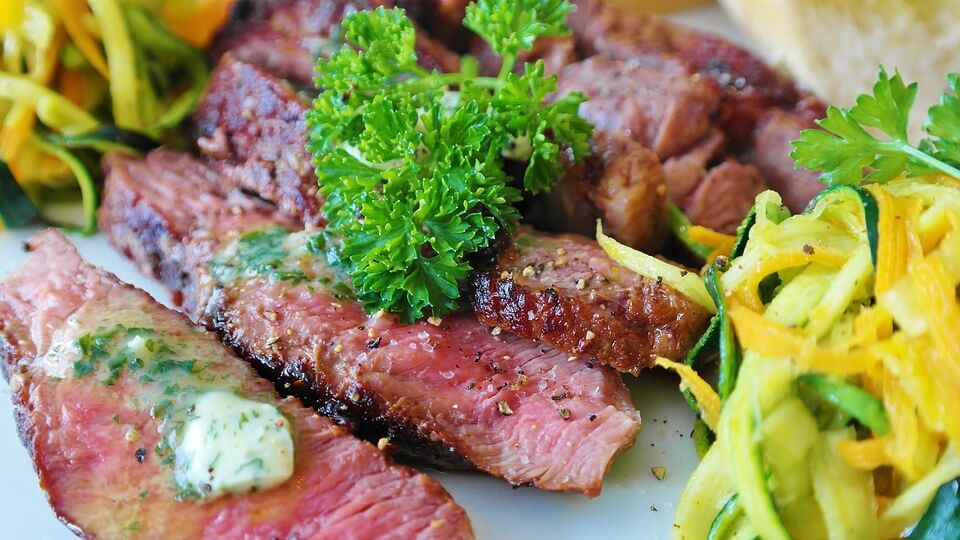
BBQ
How long does it take to set up an indoor BBQ?
If you are in a hurry, and want to get your indoor BBQ up and running as soon as possible it will not take too long. If you already have grill tools on hand, then you can be grilling in no time at all.
A smokeless grill will usually come up to temperature within a few minutes of turning it on. This will vary by the model you have, but typically the temperature will reach 350 degrees in no more than 30 minutes. As an example, my Ninja Foodie grill takes approximately 10 minutes to reach 350 degrees.
Once your smokeless grill is up to temperature you can begin preheating your bbq cooker and start grilling on it as well. Once you are ready to eat you simply remove the meat from the grill and apply BBQ sauce or ketchup.
How to maintain an Electric BBQ Grill
Most indoor grills offer a non-stick surface so cleanup is usually a breeze. There are a few things that you will want to be careful about.
One thing to keep in mind is that some indoor grills may not handle the heat as well as an outdoor grill does. If you are attempting to cook a large steak, for instance, it would be best to cook it outdoors and then transfer it into the indoor grill for serving. Always use your indoor BBQ grill with care so that you do not ruin the non-stick surface or cause damage to the unit itself.
Are There Any Other Benefits to Using An Indoor Grill?
Grilling indoors during the summer is a great way to enjoy your BBQ without a lot of hassle. There are many other benefits to using an indoor grill.
Not only can you enjoy your food without the sun, but you can also avoid some of the bugs that come out at night. If you want to impress your guests with great grilled food, an indoor grille may be the perfect solution for you.
An indoor grill can also be healthier as many have features to drain and remove grease from the meat. This is a great feature for those who want to avoid consuming a lot of fats and oils. In addition, indoor grills do not generate a lot of smoke, so you will not have to worry about breathing in all that toxic smoke coming from an outdoor grill.
Conclusion
In conclusion, an indoor barbecue is a fantastic way to enjoy your summer. You get the great taste of barbecue without worrying about sunburn or sticking to your grill. It is also a great way to cook inside on those rainy or hot days that do not make grilling outside an option.
If you follow the tips in this article, and have all the right equipment, you will have a great time setting up your indoor grill and cooking some of your favorite meats at home.
Education
Beginners Guide to Getting Started in Barbeque
Published
2 years agoon
February 15, 2022By
admin
Barbeque
Before you break out the grill and start cooking up some barbecue for tonight’s game, be sure to check out our Beginners Guide to Getting Started in Barbeque. Learn everything from the first step of what type of equipment is needed to tips on grilling anything off your grill. Give your family and friends a taste of some of the great barbecue from around the world today without breaking your wallet.
Below you can find our Beginners Guide to Getting Started in Barbeque.
What You’ll Need
Depending on your personal preferences, there are a wide variety of grill styles to choose from. No matter what grill you choose, you will need the following supplies:
Barbeque Grill
You will need a grill to put the coals on, of course. The average price of a basic bbq grill is $100.00 and can go up to several thousand dollars for smokers that are used for competition purposes. There are a wide variety of grill styles to choose from. The most popular include:
- Charcoal Barbeque Grills
- Propane Gas Barbeque Grills
- Electric Barbeque Grills
- Smokers
No matter which style of grill you choose, make sure the grill you get is big enough for what you plan on cooking. This will vary between the different types of grills since some cooking method require more space than others do. You can learn more about grills on a variety of grilling and smoking specific sites like Pat’s Bar and Grill. The most common is the charcoal bbq grill which takes up about 180 square inches and the propane gas bbq grill which takes up about 250 square inches.
In addition to a grill you will need other supplies such as the following:
- Fuel (Propane Tank, Charcoal or Wood)
- BBQ Rubs & Marinades
- Starter (for Charcoal Grills)
- Grill brushes (for Charcoal Grills)
- Grill gloves
- Quality Cuts of Meat
Grilling Basics
To get start grilling, you will want to warm-up the grill to get it ready to use. Here’s how for a charcoal grill:
1. Fill all the burners with one-third of a tank of liquid charcoal (also referred to as briquettes) or wood chunks, whichever you prefer. This amount is enough for about four hours of cooking time on average, so start low if you don’t have a large grill. You may need more if your fire is smaller or spread across many coals.
2. Light the coals or wood chunks with a lighter, then cover the grill and let it sit for about 10 minutes.
3. Uncover the grill, adjust all the burners to medium heat and allow 30 minutes to an hour for the grill to heat up fully.
4. Half-fill a spray bottle with water and lightly mist your food (especially any of your spicier cooked items) as you place it on the grill to keep them moist while they cook and to help them brown better.
5. After about three-quarters of the cook time is over, spray your food again with water. This will help it stay moist while cooking and give it a nice glaze as it cooks.
6. If you need to add more coals or wood chunks, do so about halfway through your cook time. If you leave them on the grill for too long, they will burn, or smolder and smoke a lot rather than actually producing heat.
Tips and Tricks for Grilling
Below we have prepared some great BBQ tips and tricks to help get you started.
Prepare your grill the night before or first thing in the morning and let it sit for a few hours. This will allow the coals to get hot and the grill to heat up so you get a good cook. If you just light your bbq up an right before dinner, there’s a good chance you won’t have enough heat to really cook well.
Make sure you know how to choose a great cut of meat. This can make a big difference in the taste of your meal. For example, if you use a less flavorful cut or a poor quality, it will lack flavor. In addition, there are different cuts of meat that work better for smoking vs grilling.
Make sure to allow the entire amount of time you set aside for the bbq to cook. It might take longer if the weather isn’t right or if you cut up an already tough part of meat and haven’t allowed enough time for it to cook all the way through.
Foil will work well to keep your food moist while on the grill and avoid flare ups, but it doesn’t do a great job keeping things warm. Try not to take too much food out of the oven or you run into problems with the food drying out, getting cold and losing flavor in the process.
If you have a very high heat bbq grill, use reflective foil to keep the heat in. This will also help you avoid flare-ups and help you cook things quickly.
When grilling, use a thermometer to make sure your food cooks properly. For example, if you are cooking a burger medium rare, it should be cooked to about 140F.
Many people make the mistake of trying to grill sweet things like chicken at too high a heat. This can give them a burnt taste, or make them dry or tough if they are pre-cooked or thrown on at too high of a temperature.
You will want to watch your food closely while cooking it so you don’t overcook any of the pieces, especially vegetables. You don’t want them to overcook and become bland or burnt.
If you want to make great barbecue, you need a good supply of wood chunks. They add the smoke flavor and the heat so it will make a better tasting meat, or vegetables anyway. When making a batch of chicken, you will want to use about 2-3 pounds of wood per two pounds of chicken.
Conclusion
Now you’re ready to start grilling, just remember these basic steps and get your grill fired up. Practice is important when it comes to grilling, so experiment with different cuts of meat and styles of cooking. Try some new flavors while you are at it! It’s also a good idea to write down all your recipes in order for you to have them ready next time you fire up the grill.
Well, that’s about it on how to get ready to cook barbecue. We hope you have a great time grilling and cooking some delicious food!
Trending

 Organic3 years ago
Organic3 years agoEatMyBananas.com Shares A Shocking Ingredient In One Of Their Local Dishes
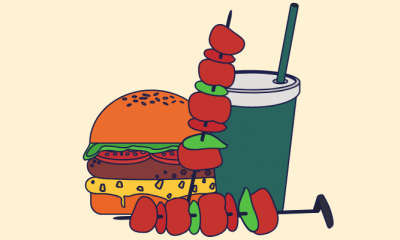
 Food4 years ago
Food4 years agoFood Web Creator (Maker)

 guide3 years ago
guide3 years ago12 Super Fresh and Easy Summer Recipes
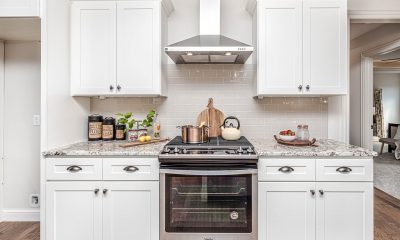
 Education2 years ago
Education2 years agoWhat is an Induction Oven & How Does it Work?
- Germany-De3 years ago
Kürbissuppe – Rezept Cremig Geröstete

 Fruits3 years ago
Fruits3 years agoTop 10 Fruits for Weight Loss
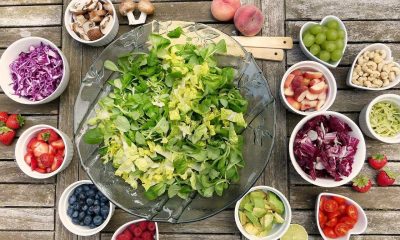
 Organic3 years ago
Organic3 years agoWhat is a healthy diet?

 Food3 years ago
Food3 years agoMango Juice

